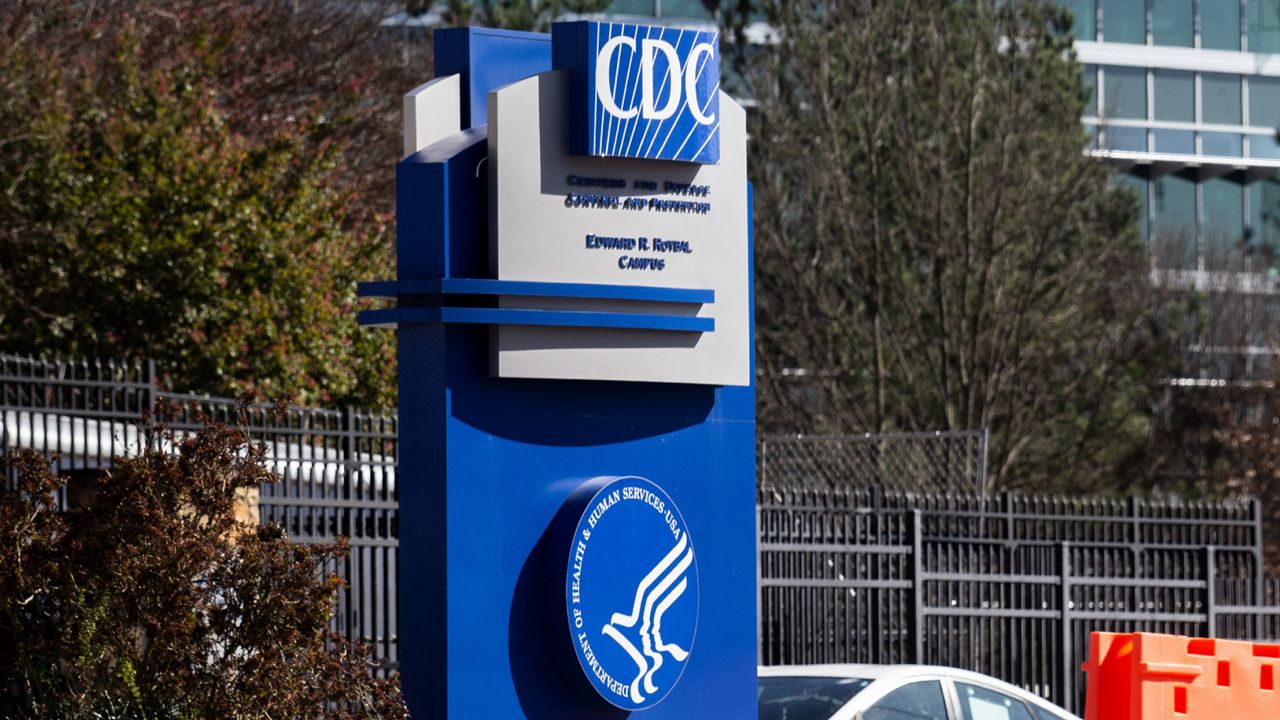NATIONWIDE — The Centers for Disease Control and Prevention acknowledged on Monday that the novel coronavirus can be spread through between people “farther than six feet apart” due to airborne particles, according to updated guidance on the department’s website.
While so-called airborne transmission is not the primary driver of the spread of coronavirus, there is evidence that some people have contracted COVID-19 through tiny droplets and particles that remain in the air for hours — particularly in small, poorly-ventilated spaces.
“Some infections can be spread by exposure to virus in small droplets and particles that can linger in the air for minutes to hours,” the CDC’s website reads as of Monday. “These viruses may be able to infect people who are further than 6 feet away from the person who is infected or after that person has left the space.”
“These transmissions occurred within enclosed spaces that had inadequate ventilation,” the update continues. “Sometimes the infected person was breathing heavily, for example while singing or exercising.”
The department added that it is, “much more common for the virus that causes COVID-19 to spread through close contact with a person who has COVID-19 than through airborne transmission.”
The revised guidance comes less than two weeks after the public health agency stirred confusion by posting — and then taking down — an apparent change in its previous position on how easily the coronavirus can spread from person to person through the air.
On Sept. 18, the CDC quietly updated its website to indicate that COVID particles can remain in the air and drift more than six feet. The organization soon removed the guidance, at the time saying it was “an honest mistake” that happened when a draft update was posted before going through a full editing and approval process, according to Dr. Jay Butler, the CDC’s deputy director for infectious diseases.
The September update included much of the same information as the most recent guidance, as it also emphasized the importance of indoor ventilation and seemed to describe the coronavirus as the kind of germ that can spread widely through the air.
The Associated Press contributed to this report. This is a developing story.
